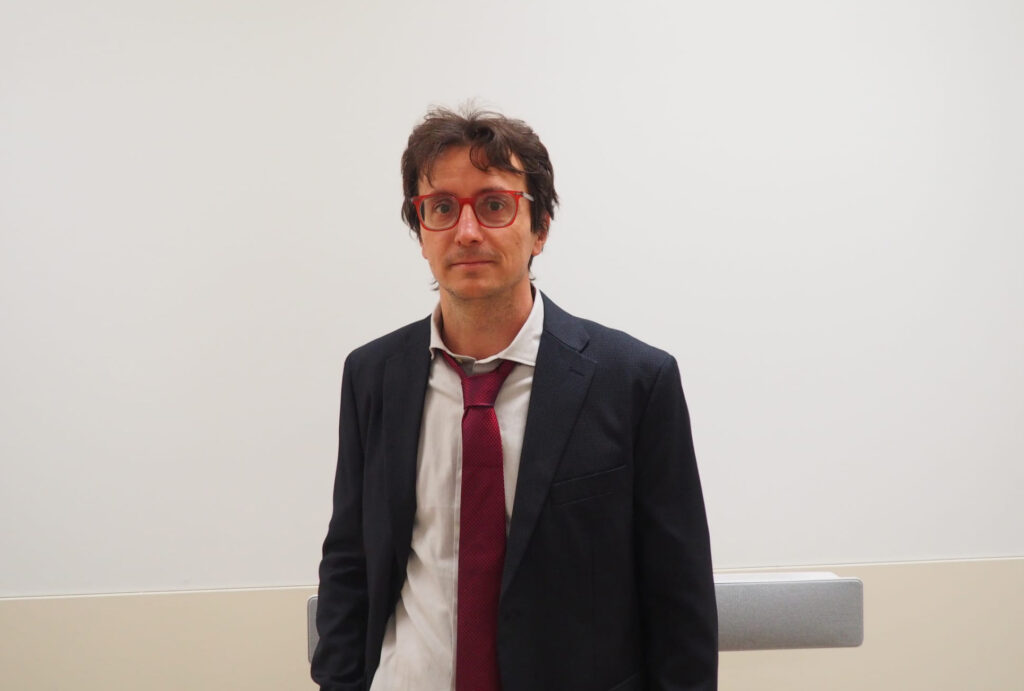
During the Covid-19 pandemic and related lockdowns, many blind and visually impaired people, who often depend on others for outdoor activities and the use of services and public spaces, had their autonomy further reduced. The BUDD-e (Blind-assistive aUtonomous Droid Device) project, which is among the winners of the Polisocial Award 2021 “Equity and Recovery”, was created to allow these people greater freedom by developing a guide-robot to replace human companions.
This multidisciplinary initiative involves various representatives of the blind and visually impaired among its partners: Fondazione Istituto dei Ciechi di Milano (Institute for the Blind Foundation), UICI (Unione Italiana Ciechi e Ipovedenti), four non-profit organisations and sports associations.
We asked Professor Marcello Farina (DEIB), the project coordinator, to tell us about this journey.
Prof. Farina, let’s start with you. Had you already done research on disability before?
No, this has been a new experience. One day I saw a blind boy running at the Giuriati sports centre, I went home and asked my wife (who is a support teacher): “How can he have his training?” And she answered: “With the help of a caregiver”. The research idea was born just from this answer and some initial questions. My wife, especially at the beginning, really encouraged me to undertake the challenge of this project, recognising its potential and also helping me to overcome fears and uncertainties about how to interface with this category of people, what language to use (I learnt what a ‘typhlologist’ is!) and other aspects. For example, I learned that ‘blind’ is a fully accepted term among these people, since it states their belonging to a community with its own identity, special interests, resources and even capacity for activism.
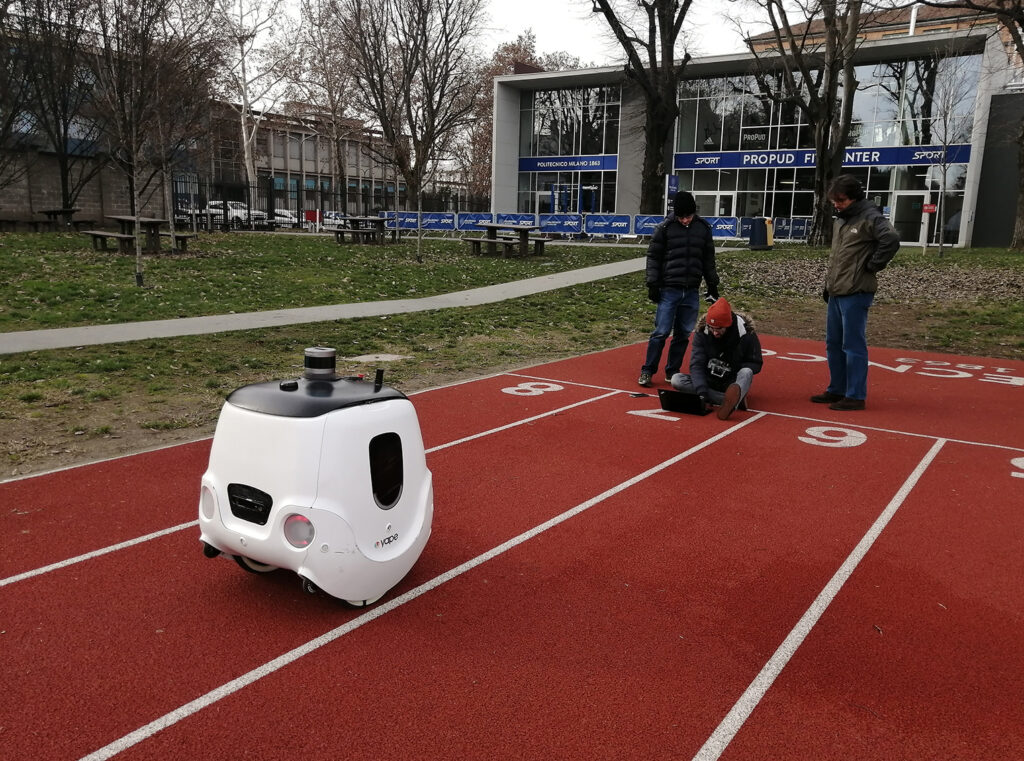
What is the spirit of the project, in short?
Precisely, it is ‘freeing’ blind people from dependence on their caregivers, for activities ranging from a trip to the park or the shopping centre or a visit at the hospital, to sporting activities, such as running, in this case. The project’s potential impact on everyday life, including in psychological terms, is turning out to be much greater than we expected. In this sense, we can speak of a social innovation project albeit with a technological soul.
What do you mean?
For us, the challenge is to fulfil a great need for autonomy. Some time ago, a blind girl told us that one of her great regrets is always having to ask for help, as this makes her feel like being a burden for others, even with her small daily wishes or needs, and that she has to give up doing things when there is no one available to help her. As our questionnaires revealed, more than 70 percent of the blind and visually impaired regularly go to public places but “in the company of friends or relatives”; the picture becomes even more critical if we consider that almost all of the totally blind fall into this percentage, as they always depend on others. The challenge of the project is precisely to enable autonomy for those segments of the population for whom it is currently not possible. In other words, our dream is for a share of the blind population to get out of that 70 percent and be able to say that they go to public places “in the company of a robotic guide”. The idea of BUDD-e is arousing enthusiasm among our blind partners, mainly because they know that, in a hypothetical future, they will be able to go for a walk without asking anyone, but only by reserving a device that is always available.
Does this also apply to sporting activity?
Yes, it does. The majority of these people do not practice sports mainly for fear of injuries, while in the share of those who practice it alone, we only find the visually impaired, while the totally blind are few even among those who do sports resorting to caregivers. In simpler terms, robotic guidance would make it possible to modify these percentages for the benefit of those who encounter more barriers: those who do not play sports could do it, and those who resort to a caregiver could play sports without the latter. From our tests at the Giuriati we have verified that BUDD-e could be a valid support in slow running, as confirmed by the blind athlete Arjola Dedaj, with whom I spoke about it.
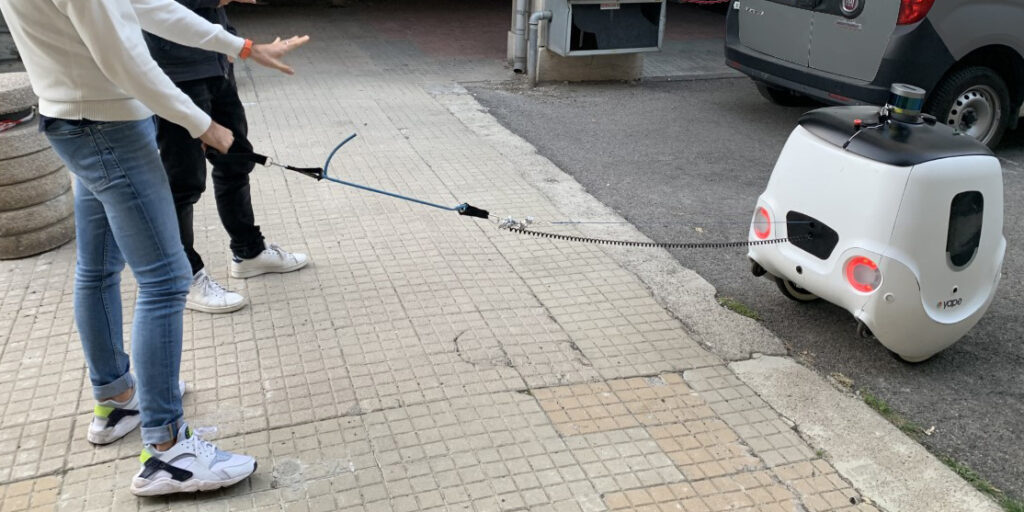
So can we say that BUDD-e is an always available caregiver?
Yes, in a certain way it is so. BUDD-e is read ‘buddy’, which means friend, but also companion or assistant. Buddy is also the name of the first guide dog in history, and indeed the intention is to bring an experience similar to that with guide dogs, but with something more.
What is the difference between a dog and a robot, in this case?
Guide dogs simply avoid obstacles and take people to their destination (at home or elsewhere), but only if they have already made that path and know it. Instead, the robot can be directed to any selected address, if first informed through uploading registered maps. In this respect, although inspired by guide dogs, BUDD-e is more like a human guide.
The project follows three paths: one technological, one architectural and one related to user involvement. Let’s start with the first: how can we describe BUDD-e’s technology?
It is an assistive robot equipped with cameras, GPS and Lidar, a technology that allows the robot to recognise its surroundings (if already mapped) and locate itself within them. The starting point is an existing two-wheeled robot named Yape to which we are adding new functionalities, starting with a physical interface with the blind user that we have called the “smart tether”: it is a winch installed inside, to which a cable is connected with a knob that will stay in the user’s hand. Once the user perceives a tension, generated and kept constant by a control system, it means he can start walking. At that point, a second control system maintains a constant user-robot distance, so that BUDD-e can move at the same speed as the blind person. All this allows for maximum security and we are considering whether to design a voice interface too.
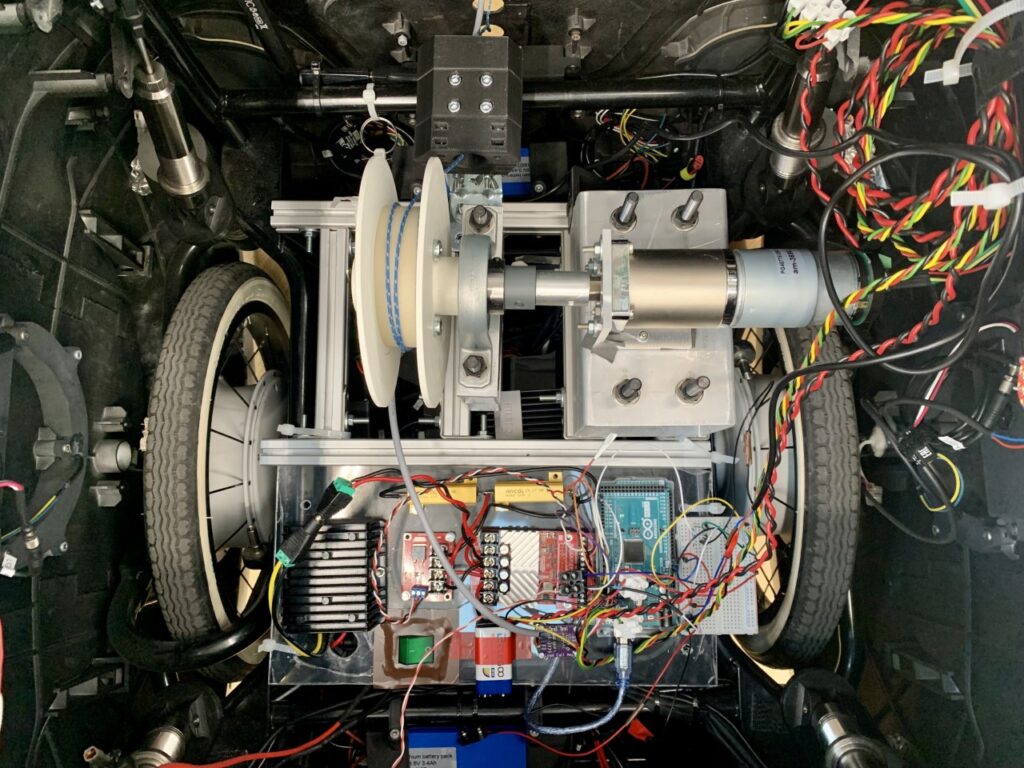
There is also a component related to architecture
Our team includes architects from the ABC Department, who are assessing the accessibility of indoor and outdoor environments by the guided user. We have already carried out inspections with the robot at the Niguarda hospital (which is our partner), to record maps of the routes and identify obstacles and how to limit them, or possibly eliminate them. This also calls into question the idea of architecture, which must interface with an Artificial Intelligence component as an integral part of it.
So, has BUDD-e been designed for sports and hospital environments?
Not only that: at the moment, we are focusing on these two areas, but our goal is that BUDD-e is purchased not only by hospitals and sports hubs, but also by shopping centres, airports, local administrations for use in parks and for other services, as a facility made available to users. We are studying several application scenarios.
A very relevant aspect of the BUDD-e project is the involvement of users (blind and visually impaired in general). How do they participate?
So far, they have participated in the various focus groups and surveys, with more than four hundred responses to our questionnaires, helping us to understand how to direct our work. Another key contribution is their participation in the tests to check the effectiveness of the robot as a companion in real-life contexts. In this we are also making use of sensorised shirts developed by prof. Giuseppe Andreoni (TeDH/Design and member of the BUDD-e team), which allow us to detect changes in the stress level of the blind user in the transition from a human to a robotic guide. This may indicate the level of acceptance of the robot by those using it for the first time, in order to understand whether there are aspects on which we can work to reduce fear and mistrust.
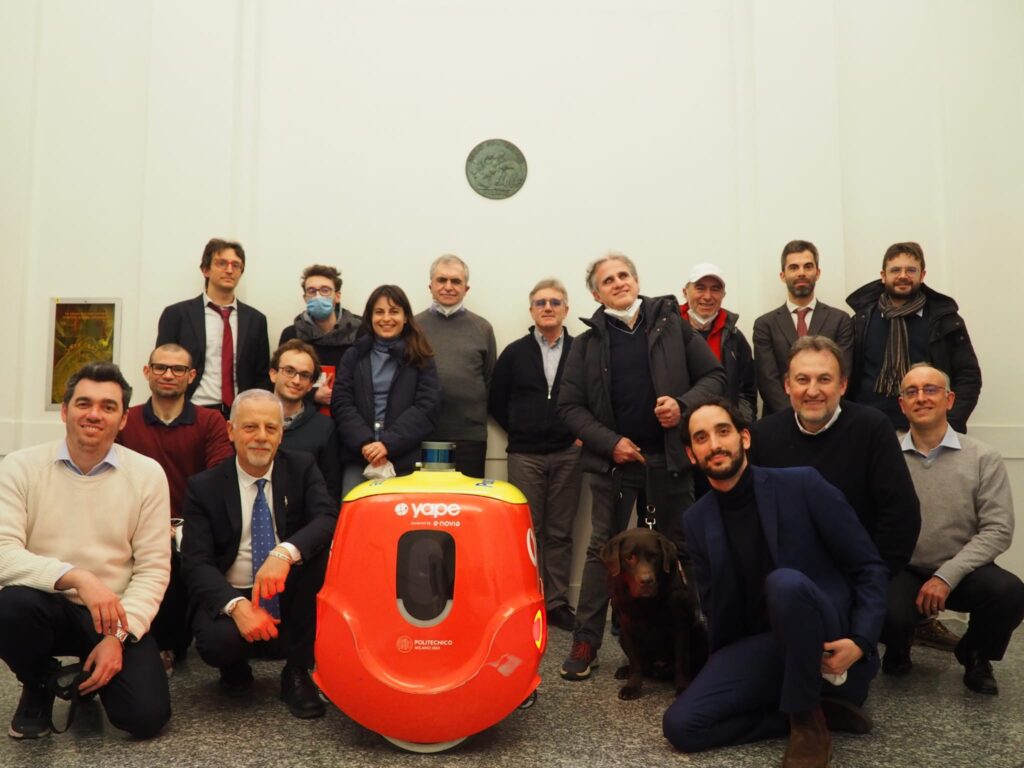
Can we say this is a true research partnership?
Yes, absolutely, also in the light of the proactive drive of our partners and their unexpected enthusiasm. The Institute for the Blind Foundation has become our scientific advisor and expressed the intention of conducting parts of the research itself. It will be tasked with recruiting volunteers for the final tests, then collecting and analysing the data together with us, up to a hoped-for follow-up phase. BUDD-e will in fact be a co-designed product. In general, since the start of the project, I have had confirmation of the old motto of blind activist Ron Chandran-Dudley: “nothing about us, without us”.
